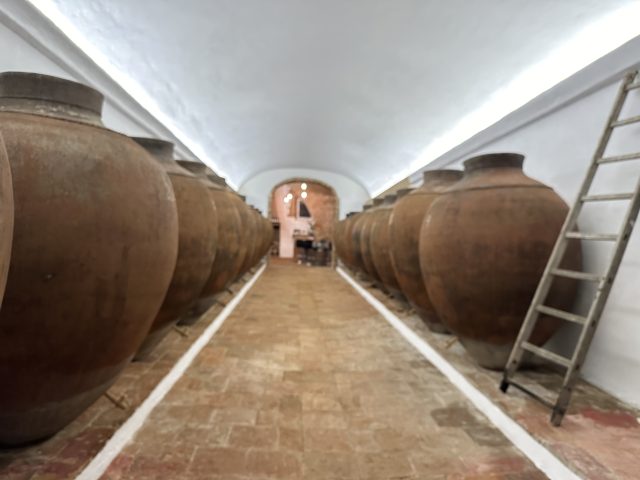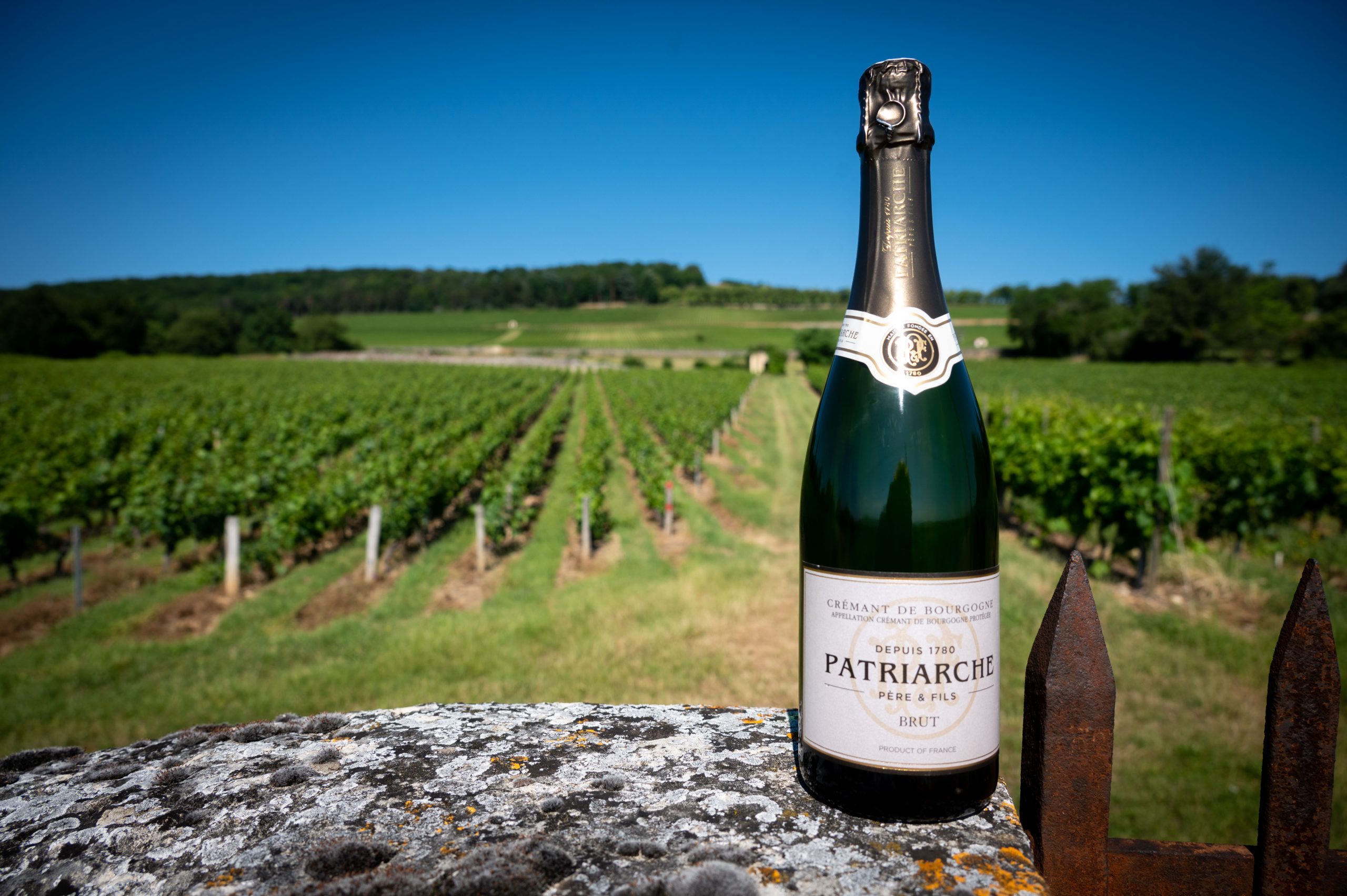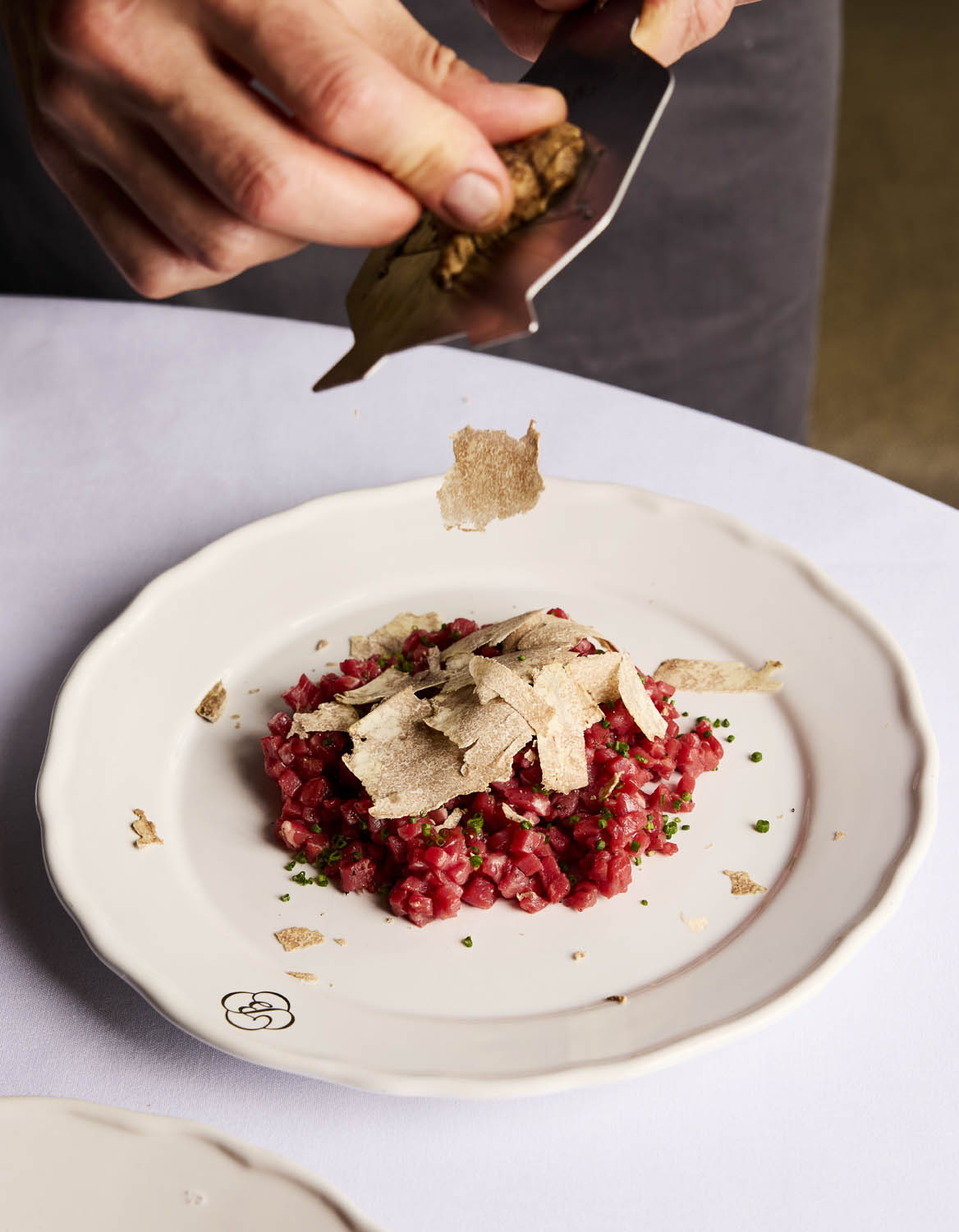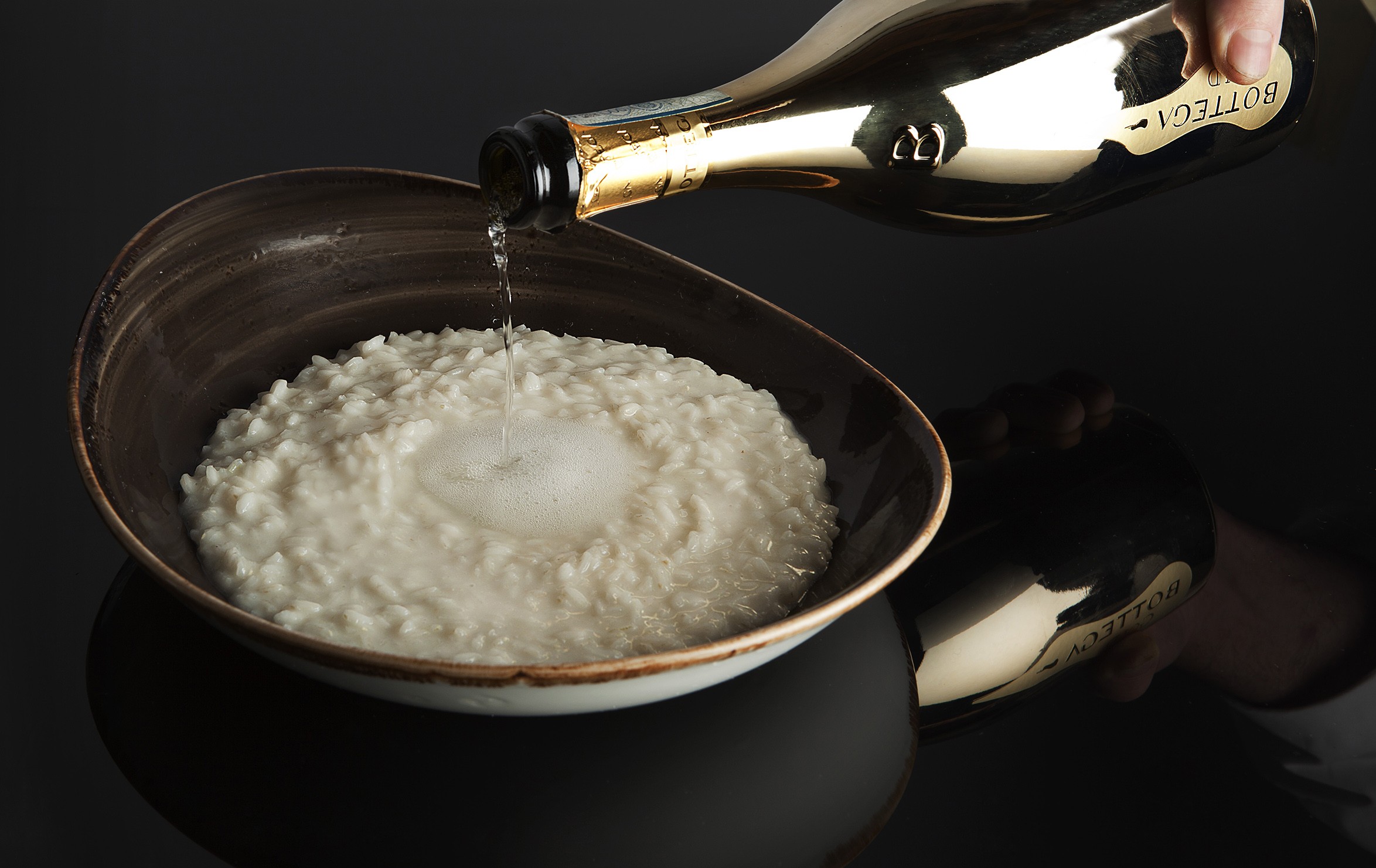Could English amphora wines become more commonplace?
The organiser of Amphora Wine Day talks to Gabriel Stone about why he believes the style is key to transforming the reputation of Alentejo – and potentially English wine too.

“If you’d told me 20 years ago that I’d make amphora wines and be at the front of an amphora wine movement I would have laughed,” said Pedro Ribeiro, who together with wife Catarina Vieira runs her family’s Herdade do Rocim.
Since 2018, the Rocim winery near Vidigueira in Portugal’s Alentejo region has hosted an annual Amphora Wine Day. This year’s event, which took place on 16 November, attracted 51 producers from seven countries and around 1,700 visitors.
Outlining a 20-year winemaking career that started in the Douro and saw a two-year stint in Australia’s McLaren Vale before his arrival in Alentejo back in 2004, Ribeiro acknowledged his conversion to this region’s rich amphora wine heritage took several years to take root.
“Everything kind of started in 2010 or 2011,” he told the drinks business. “I was in the US promoting high-end wines and I realised that sommeliers were not so interested in Château this or that; they were much more interested in things like white wines from Slovenia.”
It was a trend that made Ribeiro re-evaluate Alentejo’s own wine heritage.
“We have this 2,000-year-old history,” he remarked. “We don’t need to do anything new; we just need to dust it off and tell the story.”
Like many producers in the region, Rocim already made some amphora wine, “but it was really just for family consumption, something made by one of the farmworkers,” recalled Ribeiro. “Year by year I started to intervene as a winemaker.”
Not a natural wine freak
The approach initially felt painfully at odds with everything Ribeiro had learned in his winemaking studies. “For a winemaker it’s very difficult to step back and say, ‘Let’s see what happens’,” he acknowledged, stressing: “I’m not a natural wine freak.”
Partner Content
At the same time, Ribeiro’s formal wine education helped him to improve quality by making important tweaks to the traditional approach. Describing the shift to earlier picking as “a game-changer”, he explained: “We’re really now picking at the beginning of August, not late September, so there’s very low alcohol and very high acidity. This acidity prevents microbial accidents and it’s also very interesting for the wine. I like some green character in my amphora wine; it gives freshness.”
This affinity between amphorae and acidity has led Ribeiro to collaborate on a project with English wine producer Gusbourne. Although reluctant to reveal any details about the wine, which he indicated was due to launch early next year, Ribeiro suggested that this winemaking technique could be a useful tool for producers in the coolest climates.
“The shape of the amphora, that natural battonage, gives roundness to the crazy acidity in English wines,” he explained.
This collaborative mindset – other Rocim projects include a tie-in with Barbeito in Madeira and a venture in the Azores – combines with an ambition to show the high quality potential for amphora wines.
In 2021 Rocim launched “Jupiter”, a bottling from a single amphora which formed part of the Wines From Another World project with Terroir Al Limit in Priorat and Dr Loosen in the Mosel. Despite the €1,000 per bottle price tag, which according to Ribeiro made it the most expensive Portuguese table wine on the market, the wine sold out within three weeks.
Attempts to recreate the wine have so far failed – “we did try,” confessed Ribeiro – but Rocim now releases an amphora wine made with fruit from the same 0.36ha vineyard under the Vinha da Micaela label at €186 per bottle. Together with other amphora wines in the Rocim portfolio, it aims to raise the image of a wine style that has long been sold in Alentejo for just a few euros per litre.
Relatively small output
Rocim currently produces 50,000 bottles of amphora wine each year and claims to be Portugal’s largest producer of this wine style. However, amphora wine still represents a relatively small proportion of the company’s annual 1.5 million bottle output.
“It’s less than 5% of my wine but if you ask anyone in the world about Rocim they say, ‘Oh, amphora!’”, remarked Ribeiro. “For Alentejo it can be the same thing. It was kind of connected with big estates, which worked pretty well in the ‘90s and 2000s, but this whole artisanal thing has given back charm to the Alentejo region.”
A more in-depth exploration of amphora wines will appear in December’s issue of the drinks business.
Related news
Why amphora provenance matters




